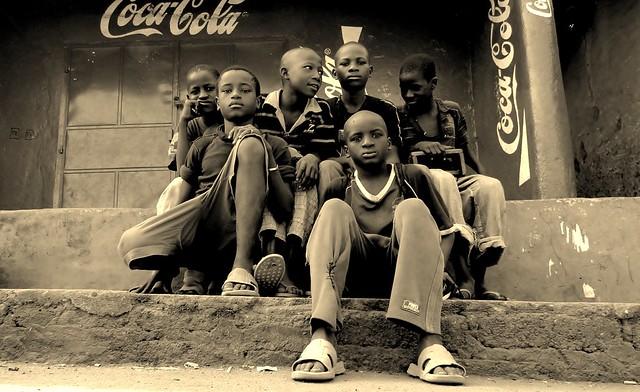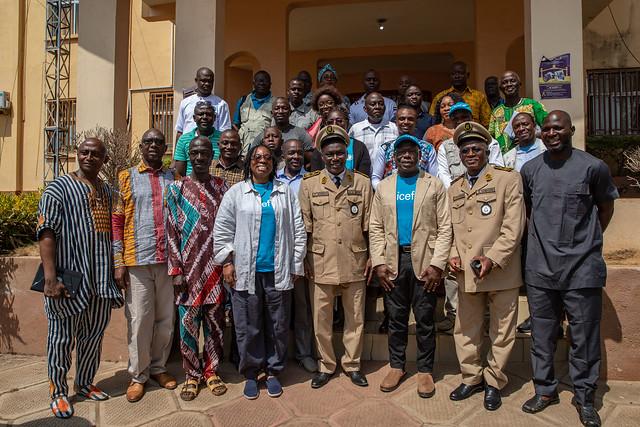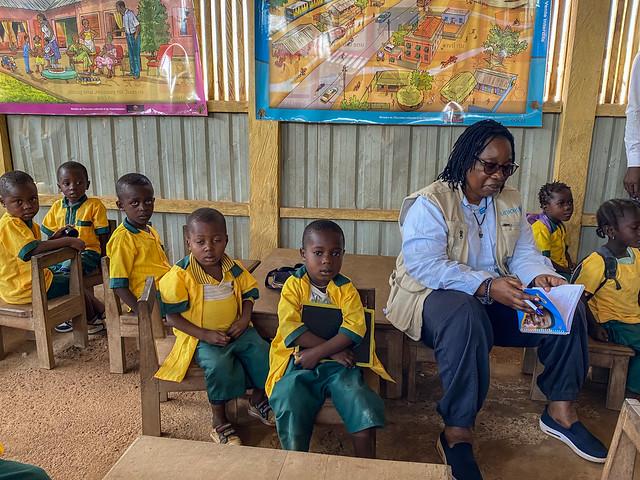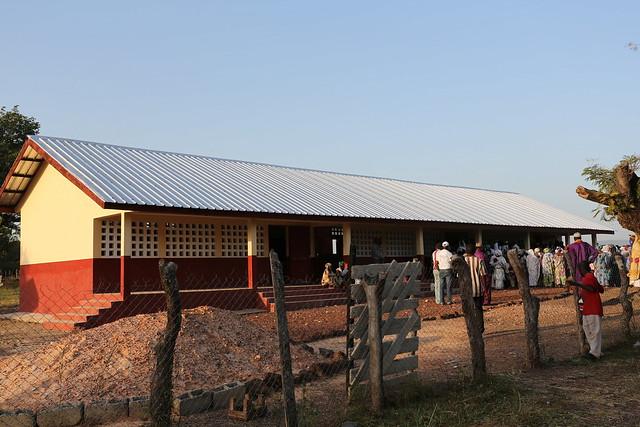Faranah Prefecture
Overview
Faranah Prefecture Overview
Faranah Prefecture is located in central Guinea and is known for its vibrant culture and stunning natural landscapes. This region is the birthplace of Guinea's first president, Ahmed Sékou Touré, making it a place of historical significance. The prefecture is characterized by its lush forests, rolling hills, and the majestic River Niger which flows through it. The local culture is rich with traditional music, dance, and crafts which are deeply ingrained in the daily lives of the inhabitants. The warmth and hospitality of the local people make Faranah a welcoming place for visitors.
Best Time to Visit and Activities
The high season for tourism in Faranah is during the dry season, which runs from November to February. During this period, the weather is generally cooler and more comfortable for exploring. Travelers can enjoy a range of outdoor activities such as hiking in the surrounding hills, bird watching, and river excursions on the Niger. This is also a great time to experience local cultural events and festivals, which often include traditional music and dance performances, giving visitors a glimpse into the rich cultural tapestry of the region.
Preparation for Travelers
Before visiting Faranah, it is essential for travelers, especially teenagers, to prepare adequately to ensure a safe and enjoyable trip. Vaccinations for common diseases in the region such as yellow fever, malaria prophylaxis, and routine vaccinations should be up to date. It is advisable to consult with a travel clinic a few months before departure. Additionally, obtaining comprehensive travel insurance that covers medical expenses is crucial. Since rural areas might have limited facilities, bringing essential supplies such as a first-aid kit, mosquito repellent, and any necessary medications is recommended. Finally, learning a few basic phrases in French, the official language, or even some local dialects, can greatly enhance interactions with local communities.
How It Becomes to This
History not available
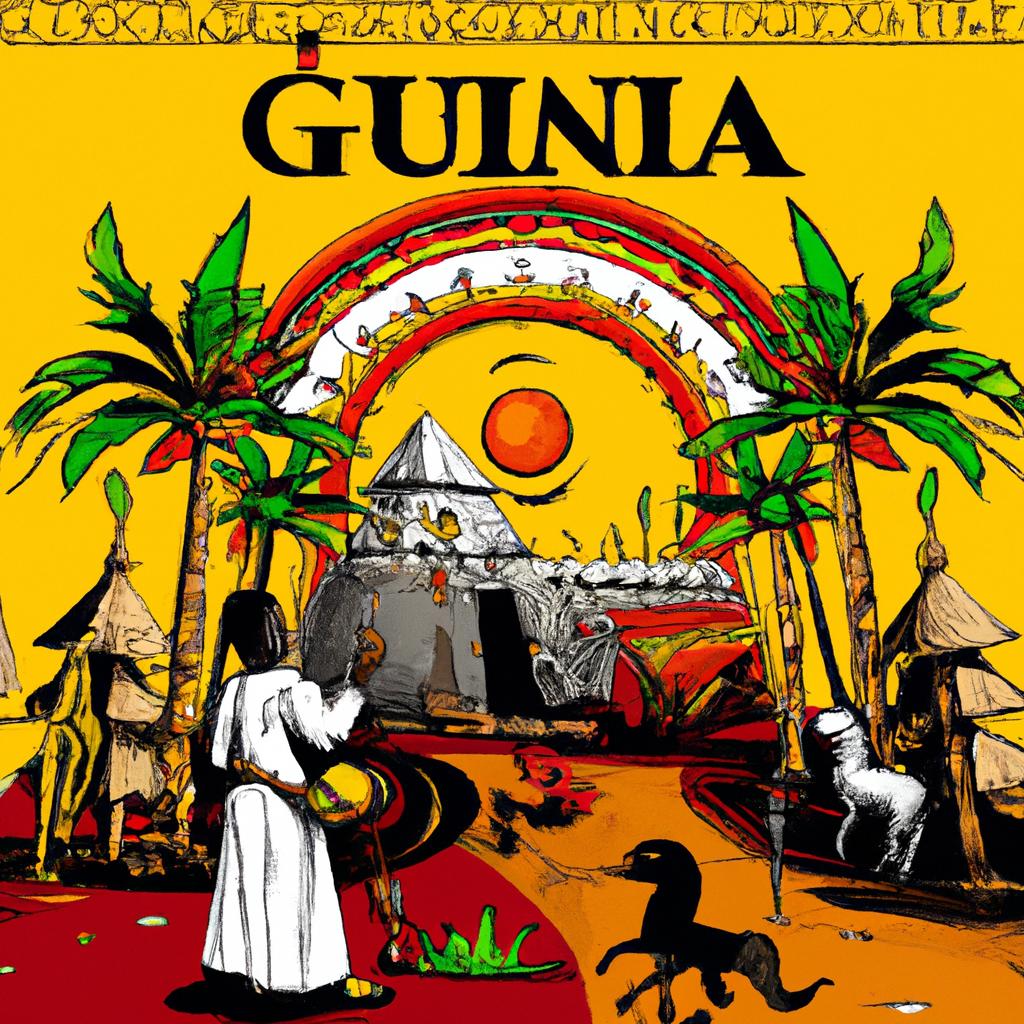
You May Like
Explore other interesting states in Guinea


